
Students from Fall 2016 can pickup their classwork from my office N1127 on Thursdays at 2PM.
IMPORTANT: Please let me know if you plan to stop by. If you don’t confirm, I may not be in my office.
Please contact me to CONFIRM.
Hope you are having a wonderful semester!

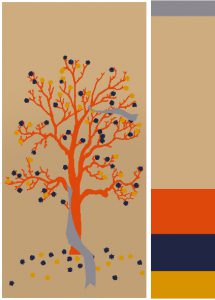

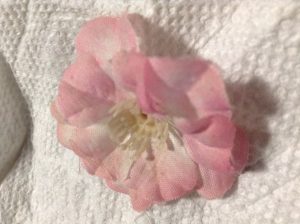
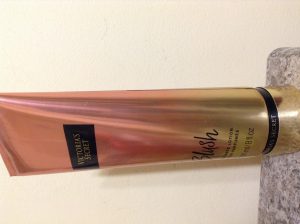
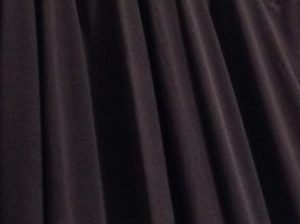


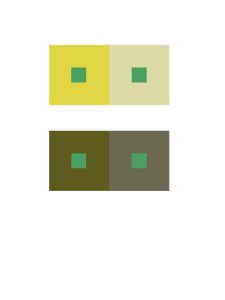
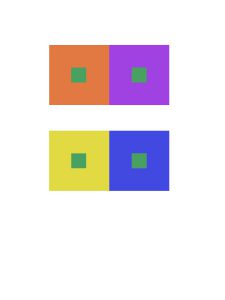
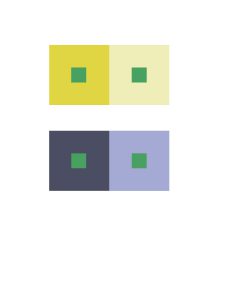
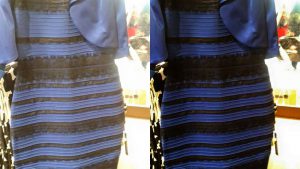




Recent Comments